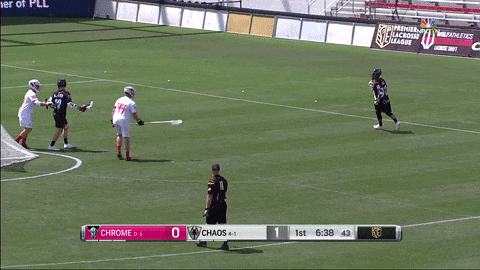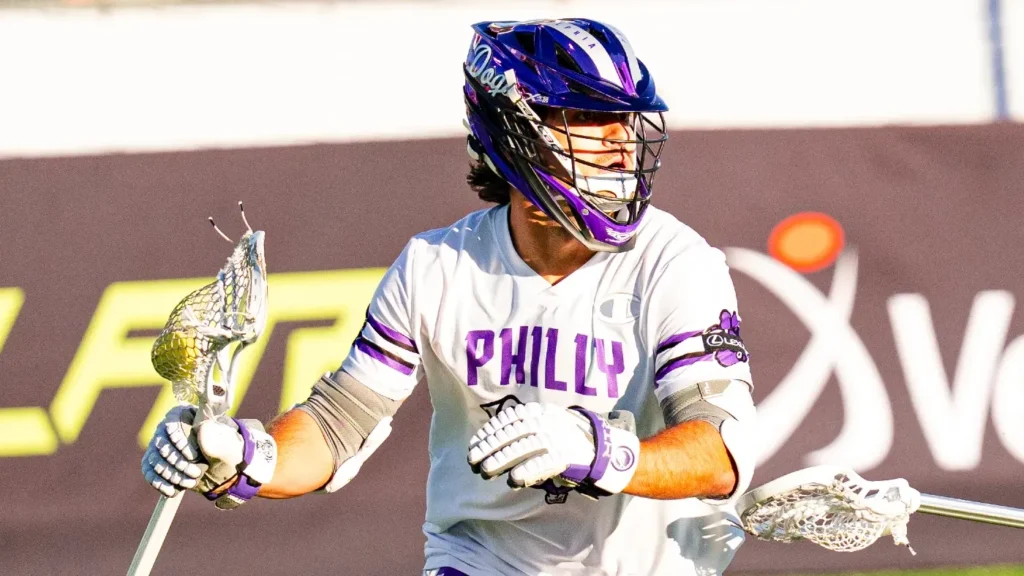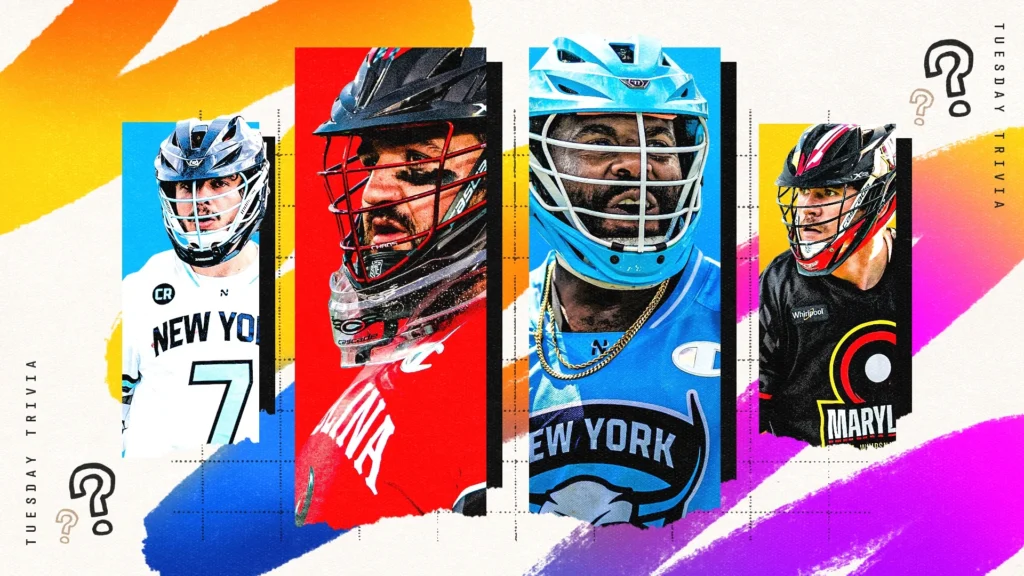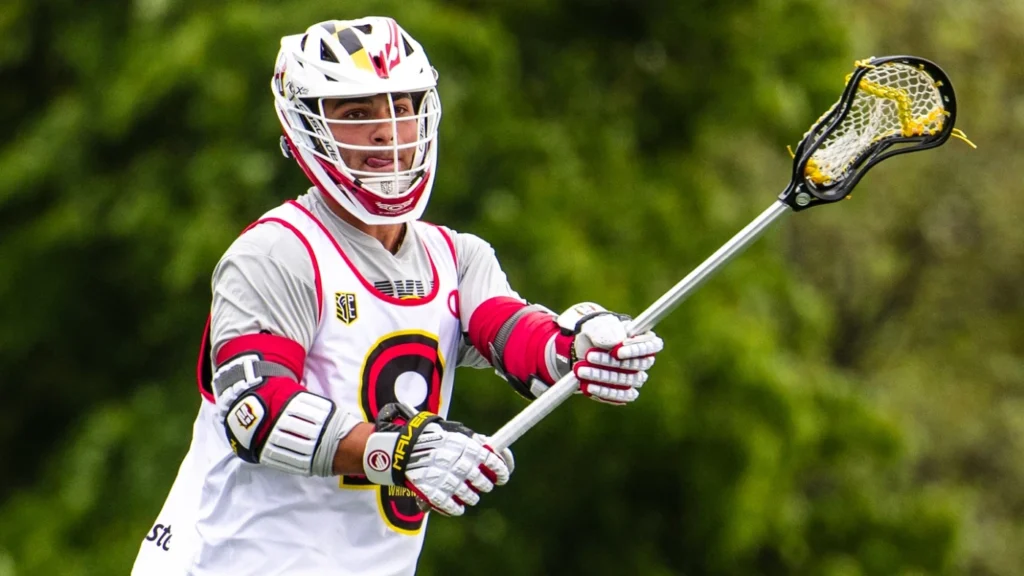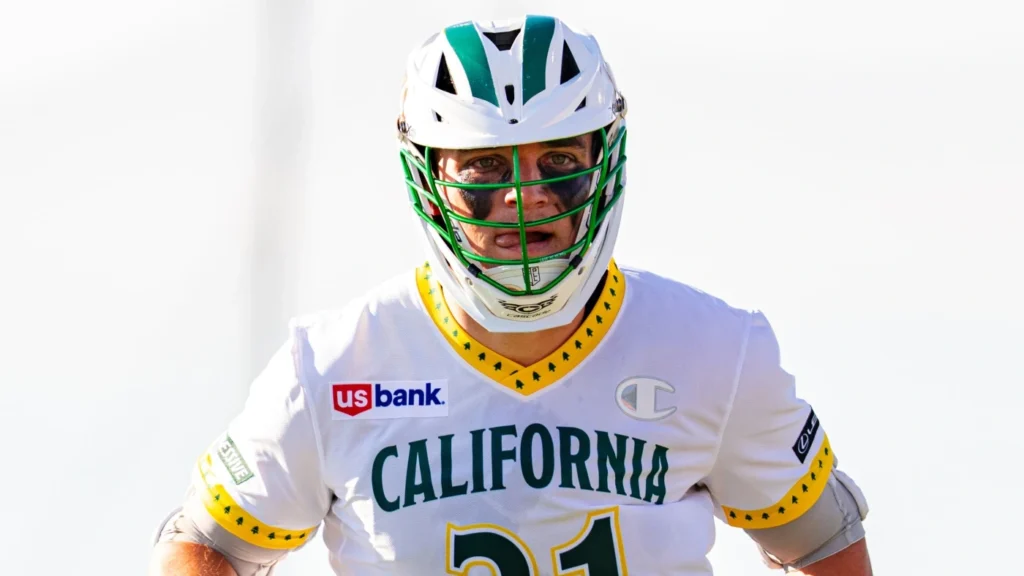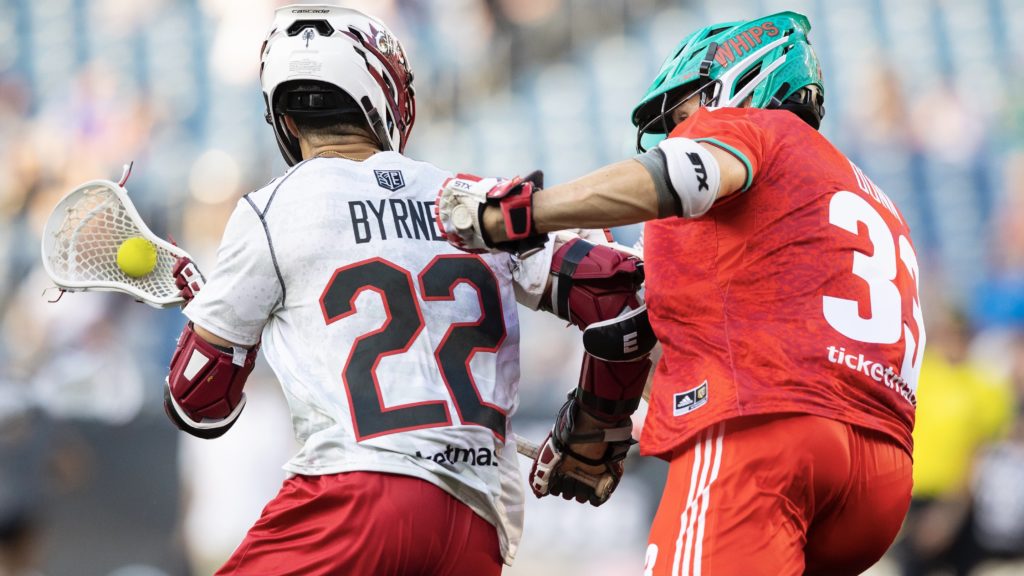
10 Man Ride: Two-man trends
CLEAR! The ride is on. After a month of diving into the data, it’s time to zoom out and examine some macro trends across the PLL.
Today’s trend: Two-man games.
We’ll look at two key stats: two-man rate (i.e. the percentage of settled shots initiated by two-man games, as opposed to dodges) and two-man shooting percentage (i.e. shooting percentage off any shot created by a two-man game -- could be the PNR operator, the roller, or a weakside shooter).
1. Two-man games are more common than ever
After being cornered by defenses in the 2020 Championship Series, offenses punched back. They added weapons via the Entry and College Drafts, found weaknesses to attack, and set more on-ball picks.
34.5% of all settled shots were initiated with a two-man game in 2021 -- up from 24.6% in 2020.
Every team (besides Chrome LC) increased their two-man rate (i.e. the percentage of settled shots initiated by a two-man game).
2. Two-man games are more efficient than ever
League-wide shooting percentage off any shot generated by a two-man game in 2021: 34.0%.
League-wide shooting percentage off any shot generated by a dodge in 2021: 24.4%.
The champs, Chaos LC, shot 38.1% off two-man games -- Chaos shot 23.5% on the vineyard vines powerplay! Only two powerplay units (Archers and Redwoods) created higher percentage shots against a five-man defense than Chaos created via two-man games.
Don’t be surprised to see even more two-man games in 2022. Let’s look at each team’s favorite types of two-man games -- from the teams that ran the most to the teams that ran the least in '21.
3. Archers LC: Pairs, 2-2-2s, razors, and more
- Two-man rate: 42.4% (up from 31.6% in 2020)
- Two-man shooting percentage: 37.4%
After incorporating more single inverts in 2020, the Archers returned to their pairs set more often and more effectively.
Some of their best picks were set by rookie Tre Leclaire. The Ohio State University product by way of British Columbia is a righty stretch shooter. He’s also savvy in playing what Jamie Munro has coined the “hangup two-man game.” Rather than pick for a switch (yuck), Leclaire re-picks, and slips as Marcus Holman occupies four eyeballs.
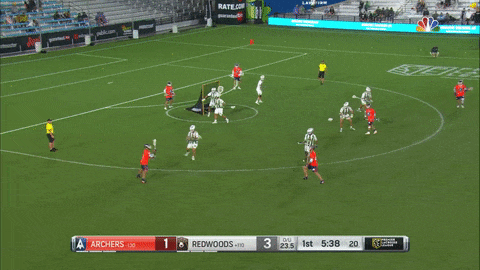
The Archers ball movement is brilliant. Because of that, defenses have started to hold slides against them. This offense need to find ways to put playoff defenses on the carousel -- and Leclaire, whether he’s winning matchups downhill or picking for Tom Schreiber, may be an answer.
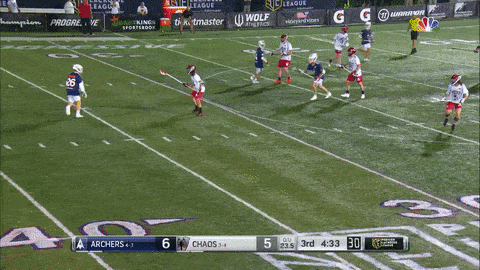
4. Chaos LC: From trips to twins
- Two-man rate: 40.7% (up from 21.7% in 2020)
- Two-man shooting percentage: 38.1%
Chaos’s offensive scheme evolved with their lineup. They put Josh Byrne in big-littles at X early with no success. Then they finally returned to their trips set (two three-man games above GLE) from their 2020 postseason run.
The trips set had no oomph. No pizazz. No zip. The crease was clogged. Chaos was running out a league-low 77% of their missed shots with nobody at X. They were rushing as if the :52 shot clock was :30, sailing skip passes high and wide.
The adjustment: A move from trips to twins.
“Our spacing wasn’t as good as we wanted it to be,” said offensive coordinator Matt Panetta. “We’ve definitely opened it up. We wanted to run almost a circle and keep people out of the middle.”
By opening up the inside, Chaos stretched slides -- and unlocked the Josh Byrne-Mac O’Keefe pick-n-roll’s full potential.
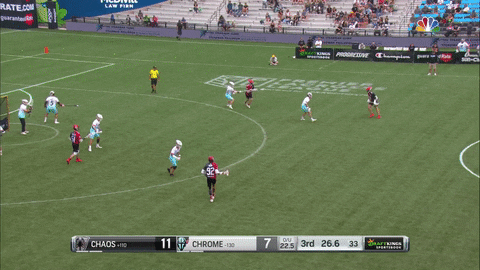
5. Waterdogs LC: Ryan Brown picking and mirroring for every dodge
- Two-man rate: 37.9% (up from 31.7% in 2020)
- Two-man shooting percentage: 37.3%
Only 21.7% of two-man games across the league are from the top of the arc. Most are from the wings or X. The Waterdogs ran more of those midfield picks than any team; they used picks to keep alley dodges alive.
Mikie Schlosser and Connor Kelly torched slow-to-go defenses. Mikie blew by his man; Kelly used rollbacks and re-rolls and rocker steps to toy with the help defender. One common denominator: That help defender was usually responsible for Ryan Brown, who mirrored more dodges than any attackman in the league. (Not a real stat... yet.)
I’m looking forward to a full season of Michael Sowers in 2022. He spent more time above GLE in the semifinals than he did all spring at Duke. With or without a pick from that spot, Sowers’ speed presents a problem for defenses. If Brown is mirroring for him, there will rarely be help. And if you don’t help to this...
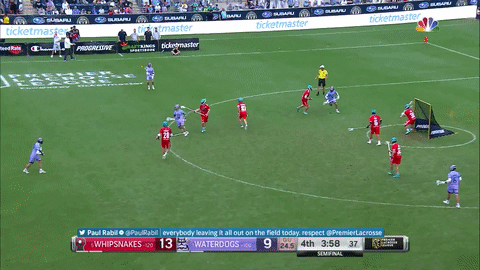
6. Whipsnakes LC: Slam picks
- Two-man rate: 36.1% (up from 25.3% in 2020)
-
Two-man shooting percentage: 31.2%
The only thing scarier than Matt Rambo and Zed Williams dodging from X is Matt Rambo and Zed Williams dodging from X off a slam pick.
The Whipsnakes’ dodge-pass-pass-dodge sequences set up those slam picks perfectly.
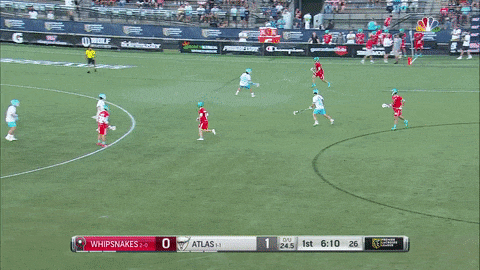
7. Cannons LC: Lyle-Rabil PNRs
- Two-man rate: 33.2%
-
Two-man shooting percentage: 43.7%
When the Cannons’ backs were against the wall, they put their two best players in a pick-n-roll: Lyle Thompson and Paul Rabil.
Who will pick for Lyle in 2022?
It’s an important question. Lyle shot 44.4% unassisted off picks; only 24.1% unassisted off dodges. Even the best benefit from putting the defense in conflict.
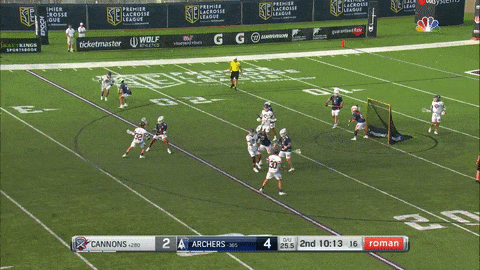
8. Atlas LC: 1-4-1 wing picks
- Two-man rate: 31.2% (up from 19.0% in 2020)
-
Two-man shooting percentage: 30.0%
Head coach Ben Rubeor’s offense had a perfect balance of righties and lefties, interior and exterior players, feeders and finishers. Most of their two-man games morphed out toward the wings of their 1-4-1 set.
Rookie of the Year Jeff Teat and his Team Canada teammate Mark Cockerton were the most lethal pick-n-roll partners on the left-hand side of the Atlas offense.
From his first game against the Whipsnakes, it was clear that Teat was reading the field at an All-Pro level. Every pass is available to him. Skips to Eric Law on the backside pipe or Jake Carraway on the righty wing. Pull passes to Cockerton. His confidence when carrying double teams or taking one extra step toward a slide before lofting a lever pass in Cockerton’s direction is incredible.
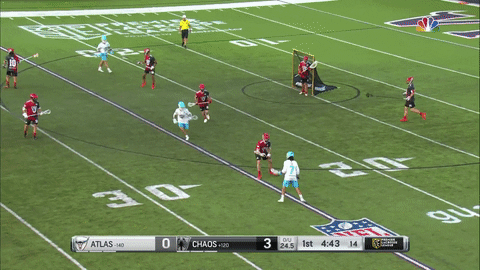
9. Redwoods LC: Big-littles
- Two-man rate: 27.9% (up from 16.5% in 2020)
-
Two-man shooting percentage: 27.7%
Relative to the rest of the league, the Redwoods rarely ran two-man games. Their best actions were big-littles at X. Their 2-2-2 set alleviated congestion caused by 2-point shooters wanting to hover above the 2-point arc. Rob Pannell rarely needed (or wanted?) a pick at X. But when Jules Heningburg carried behind for double inverts, he carved up defenses as a quarterback.
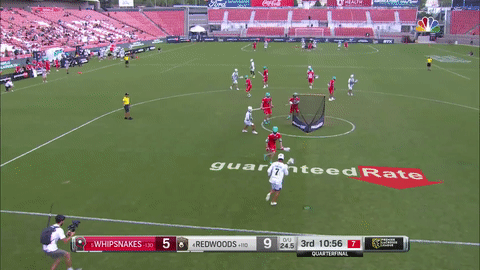
10. Chrome LC: Jordan^2?
- Two-man rate: 26.4% (down from 30.1% in 2020)
-
Two-man shooting percentage: 23.1%
Chrome LC was the only team to run two-man games at a lower rate in ‘21 than in ‘20. Here’s hoping we see the return of Jordan Wolf and Jordan MacIntosh’s pick-n-roll chemistry in ‘22.
